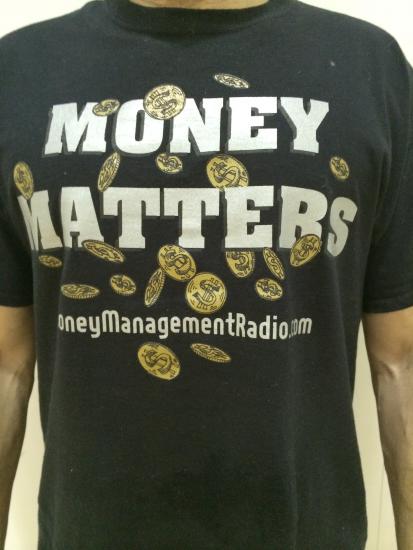
Money Matters worth listening to!
Over the years, I have been repeatedly asked by investors not how to put them in an investment, but how to get them out of one.
One would think to get out of an investment, you just pick up the phone and say sell to the person on the other end.
Not so when it comes to certain investments.
I break investments into two categories: “public and privates”. You won’t be able to google up the meanings as these are my own and they refer to whether an investment is listed on a public platform where they can be sold right away or if one has to call the specific company and ask to be let out.
You would think one could get out of an investment if its losing money or not paying you what you expected, but not so with ones that fall under my “privates” designation.
I often hear advertisements on social media or other types of media touting higher annual returns than one might get through more common investments like CDs, bonds, dividend paying stocks or other types you might know of.
The most common types are usually energy trusts, real estate based investments or whatever.
The privates I speak of are usually only offered to “accredited” investors but not always. An accredited investor has a certain income or net worth, or have other means of being labeled accredited, but a lot of normal folks qualify.
Usually the privates are not quoted in the Wall Street journal and therefore their day to day market values might be essentially unknown.
For example, you hear or see an ad touting annual returns of 9-15% or more and it’s from a company you never heard of. If it’s an energy trust per se, it might say they have so and so many power plants or oil wells or whatever. You are offered shares of the entity and they promise you these outsized returns. If it’s a private real estate deal, they might try and impress you with a list of their properties. You like the returns and the story is a good one so you decide to give them some money and buy some shares.
The paperwork is usually massive with lots of small print, lots of terms and conditions, and lots of “outs” for them. The salesperson is nice and the brochure is impressive, so like many people, you don’t go through the fine print with a fine toothed brush, so you sign.
The first thing that should come to mind is why are they paying you double digit returns when the current lending rates might be around 5%?
Answer: the reason is because they may not be able to convince typical entities like banks or business development lenders to loan them any money.
You can guess the reason. If you can’t, think perceived risk by professional lenders. I mean, why would they pay such high rates if they could go to a bank or venture capitalist and get more normal rates?
Secondly, whereas publically traded investments can usually be bought and sold on a whim by calling your broker, these privates usually restrict withdrawals on a certain day (s) of the year and require written advance notice.
Remember all that fine print you didn’t take hours to read and instead took the word of that salesmen that got you so excited?
That fine print usually contains liquidity clauses that might limit the selling of shares. Common restrictions I have seen might be when you can sell shares, how much you can sell, and a shut-off clause that says if the underlying asset is underperforming, hindered in any way or the overall sector or market is down, you can’t sell any at all.
And good luck getting a current market value. Basically, market value it whatever the issuing company is willing to give you and even getting that on any particular day can be next to impossible and additionally, highly suspect as to its accuracy.
Sound dangerous? Believe you me, it has happened a LOT from what I have seen. And I see it when investors need help in redeeming what they can, or just get out altogether.
From my experience, in trying to unwrap one of these (actually many), the paperwork is massive, ambiguous with iron clad clauses. And not in your favor.
Since most traditional brokerages usually won’t take these over nor help you cash them out, the investor is left to twist in the wind at the mercy of the issuing company and their army of lawyers and voice mail machines.
Sound like a nightmare?
It can be.
In conclusion, there are options in the public markets that strive to give investors commiserate opportunities. The public markets can usually provide accurate minute by minute quotes, quarterly earnings reports, and selling doesn’t require an act of God. You can usually get out in a matter of minutes when the applicable markets are open.
Privates or public?
Sounds like a no brainer to me.
“Watching the markets so you don’t have to”
(end)
(As mentioned please use the below disclaimer exactly) THANKS (Regulations)
This article expresses the opinion of Marc Cuniberti and is not meant as investment advice, or a recommendation to buy or sell any securities, nor represents the opinion of any bank, investment firm or RIA, nor this media outlet, its staff, members or underwriters. Mr. Cuniberti holds a B.A. in Economics with honors, 1979, and California Insurance License #0L34249 His insurance agency is BAP INC. insurance services. Email: news@moneymanagementradio.com
Ask me about Lifetime Income possibly in the double digits if you are over 65 and close to it if you are younger!
Marc (530)559 1214


